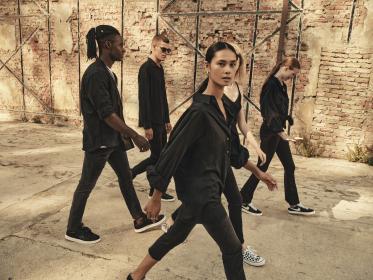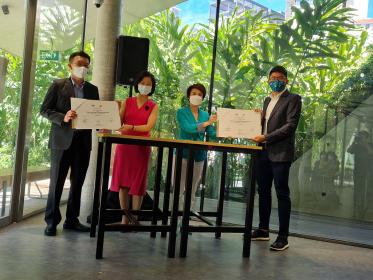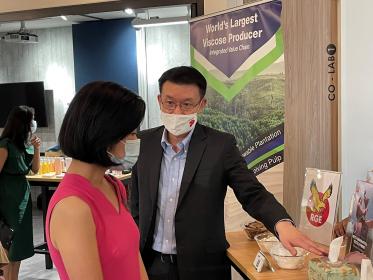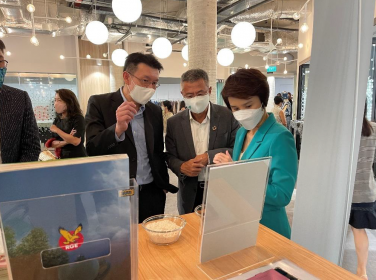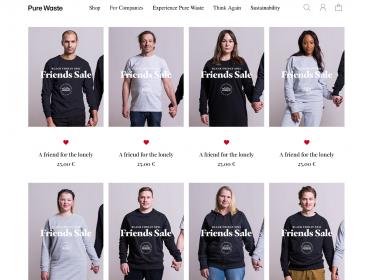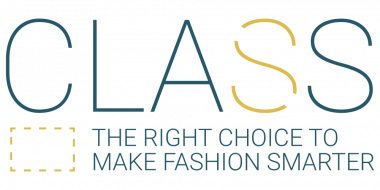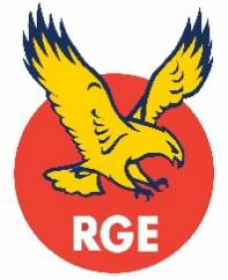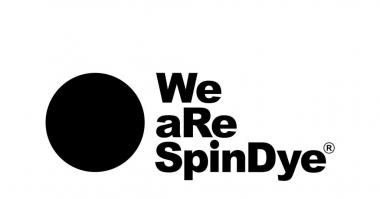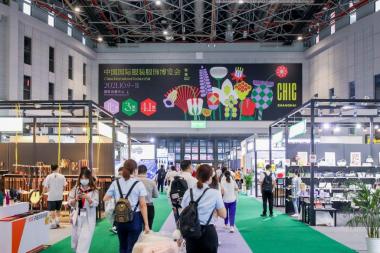Freudenberg: Construction of the competence center for apparel interlinings started
Freudenberg Performance Materials Apparel Europe started construction work on its competence center for finishing and coating base material for the apparel industry at its site in Sant´Omero (Italy) as scheduled in December. Further processing of base material is to begin in Italy in early 2023. The Weinheim site will then become the competence center for interlining base material.
In January 2021, Freudenberg Performance Materials Apparel Europe (Freudenberg) announced plans to set up two competence centers. In future, the company will concentrate on manufacturing base material for interlinings at the Weinheim location. Base material finishing and coating is to be bundled at Sant´Omero. For this purpose, production plant will be relocated from Weinheim to Sant´Omero and recommissioned in a newly-built production hall.
The traditional groundbreaking ceremony with senior representatives from local authorities and Freudenberg management was cancelled due to the high number of coronavirus cases in the area.
Freudenberg Performance Materials






